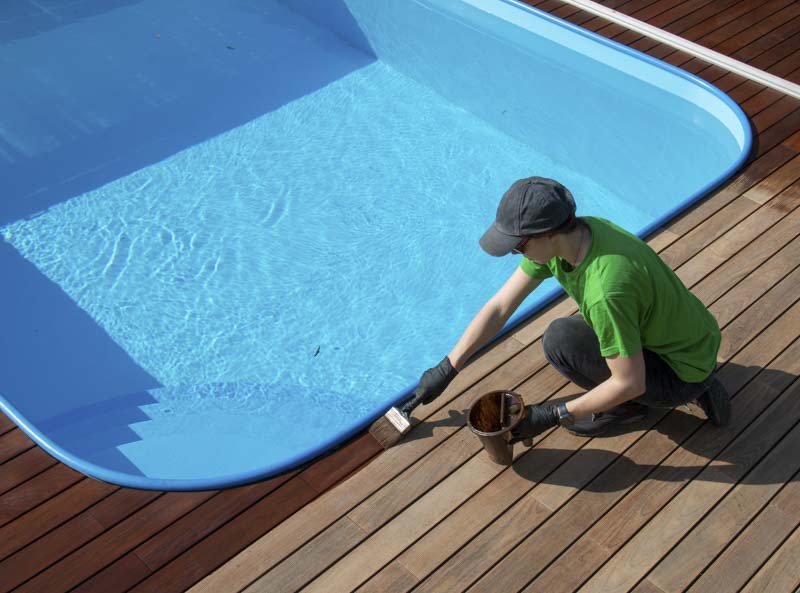The National Park Service is seeking a new route for Yellowstone’s North Entrance Road, which was severed in several places by June 2022 flooding/NPS file, Jacob W. Frank
A search is beginning for an environmentally sensible route for a new North Entrance Road to Yellowstone National Park.
Such a route was necessitated by the June 2022 flooding that took out sections of the long-used route that ran near the bottom of the Gardner Canyon just above the Gardner River. Goals for the new road include providing year-round access between Gardiner, Montana, and Cooke City/Silver Gate, Montana, natural hazard resiliency, and the protection of natural and cultural resources.
Yellowstone staff invites the public to learn about and provide input on the North Entrance Road project by way of virtual public meetings on February 12 and February 14. A 30-day public comment period will also begin February 12. Public input will help Yellowstone select an alignment and begin the environmental compliance process.
Yellowstone experienced a 500-year flood event on June 13, 2022. The flood destroyed infrastructure in the northern portion of the park including several sections of the North Entrance Road between Mammoth Hot Springs and Gardiner, Montana, and segments of the Northeast Entrance Road between Tower Junction and Cooke City/Silver Gate, Montana. Both roads are open year-round and serve as the only winter vehicle access in and out of the park. After temporarily closing to regular visitor traffic on June 13, 2022, the Northeast Entrance Road opened to the public on Oct. 15, 2022, and a temporary road between Gardiner and Mammoth Hot Springs opened to the public on October 30, 2022.
That temporary road from Gardiner to Mammoth Hot Springs required the regrading and expanding of the 4-mile-long Old Gardiner Road, which started out in the late 19th century as a stagecoach route,
The ultimate plan for rebuilding the North Entrance Road well could surprise many and represent a significant realignment from the path that’s long been used to reach Mammoth Hot Springs from Gardiner, Montana, as rebuilding in the Gardner River Canyon would not necessarily eliminate the threat of future problems from flooding or landslides.
“I’m not a big fan of rebuilding through the canyon,” Yellowstone Superintendent Cam Sholly said later in 2022. “I think restoring that canyon [to its natural contours] would be really good for a variety of reasons.”
The possibility of future floods similar to the ones that hit in June 2022 would require raising the road corridor higher above the river, which at the same time could place it in danger of rockfalls, he said.
“You might be able to withstand another flood, but at some point I think that canyon’s vulnerable to rock slides and other things that could damage the structure,” Sholly said at the time.
Virtual Public Meetings
During each meeting, three preliminary road alignment alternatives will be presented along with two video flyovers to explain the damage, environmental challenges, constraints and opportunities of each alignment. Meeting details include:
Webinar 1:
Webinar 2:
Public Comment
Beginning February 12, the public can also provide formal comments. The preferred method for submitting comments is online at Comments may also be mailed or hand-delivered to: Yellowstone Center for Resources Attn: North Entrance Road EA, PO Box 168, Yellowstone National Park, WY 82190. The deadline to submit comments is Wednesday, March 13.
At the conclusion of the 30-day public comment period, the National Park Service will analyze and consider all comments received. A draft environmental assessment will likely be released for public review fall 2024. A final decision is expected in early 2025.





